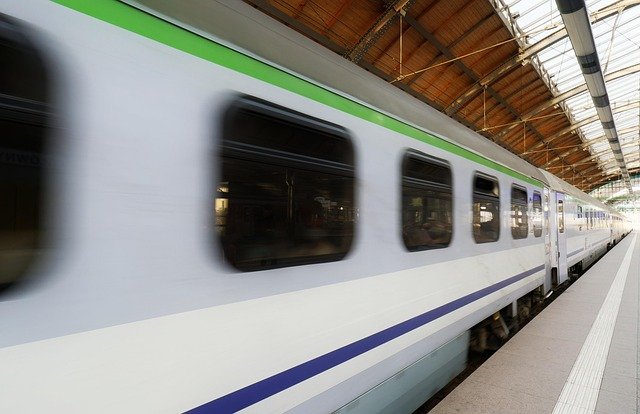Improving accessibility through inclusive transport planning
Inclusive transport planning aims to make travel feasible and equitable for all people, including those with disabilities, older adults, and underserved communities. By integrating accessibility into mobility and infrastructure decisions, planners can enhance connectivity, support ridership growth, and align services with social and environmental goals.

Inclusive transport planning prioritizes access and fairness across mobility networks, ensuring people can reach essential services, jobs, and social opportunities with minimal barriers. Achieving this requires coordinated attention to infrastructure, transit design, and operations so that routes, hubs, and lastmile solutions work together. Effective planning recognizes diverse needs—physical accessibility, fare affordability, and reliable schedules—and balances them with logistics, sustainability objectives, and the technical systems that support modern fleets.
How does mobility planning improve connectivity?
Mobility planning that centers accessibility evaluates how people move across neighborhoods and regions and designs services to reduce gaps in connectivity. That includes mapping travel patterns, coordinating transit and active travel links, and prioritizing routes that connect housing with local services and employment hubs. Improving sidewalks, crosswalks, and sheltered stops supports seamless transfers and encourages ridership among groups who may otherwise face barriers. Planners must engage communities directly to understand lived mobility needs and ensure that network changes reflect real-world travel behavior.
What role do transit routes play in equitable ridership?
Transit route design directly influences who can use public transport and how often. Frequent, reliable routes along high-demand corridors increase ridership while careful scheduling can reduce wait times for shift workers and caregivers. Route planning should consider first- and lastmile connections so that stops are within reasonable walking distance or connected by feeder services. Inclusive routing also accounts for service hours, transfer requirements, and the accessibility features of vehicles and stops to ensure consistent usability across demographic groups.
How can logistics and lastmile solutions support inclusive hubs?
Logistics and lastmile planning extend accessibility by linking transit hubs to final destinations, including schools, clinics, and residential areas. Shared mobility, community shuttle services, and microtransit can bridge gaps where fixed-route services are impractical. Coordinated hubs—physical locations where multiple modes meet—should offer clear wayfinding, accessible boarding areas, and options for baggage or mobility aids. Integrating hub planning with local services ensures that supply chains, deliveries, and passenger flows do not create barriers for pedestrians or riders who rely on accessible features.
How does electrification and fleet strategy affect sustainability and access?
Electrification and broader fleet strategies influence sustainability outcomes while shaping user experience and operational reliability. Transitioning to electric buses and accessible vehicles reduces local emissions and can improve onboard comfort, which may encourage ridership. Fleet decisions should consider vehicle size, floor height, and boarding systems to maintain accessibility standards. Sustainable choices must be paired with maintenance planning, charging infrastructure at depots and key hubs, and training so that reliability and accessibility remain consistent as fleets modernize.
How do telematics and optimization enable multimodal integration?
Telematics, data analytics, and optimization tools support inclusive transport by improving coordination across modes and adapting services to demand. Real-time data can inform dynamic routing, reduce transfer times, and offer passengers accurate trip planning information that accounts for accessibility features. Multimodal integration—linking buses, trams, bikes, and paratransit—relies on interoperable ticketing and scheduling systems, as well as digital interfaces designed for usability by diverse populations. Data-driven optimization helps allocate resources to routes and times where they can most effectively reduce access gaps.
Inclusive transport planning is a comprehensive process that aligns infrastructure, service design, technology, and community engagement to expand access for everyone. By focusing on connectivity, thoughtful route design, lastmile logistics, sustainable fleet choices, and telematics-enabled coordination, planners can create networks that are resilient and equitable. Measuring outcomes through ridership trends, accessibility audits, and user feedback helps refine strategies over time and ensures that investments deliver practical improvements in daily mobility for all populations.





